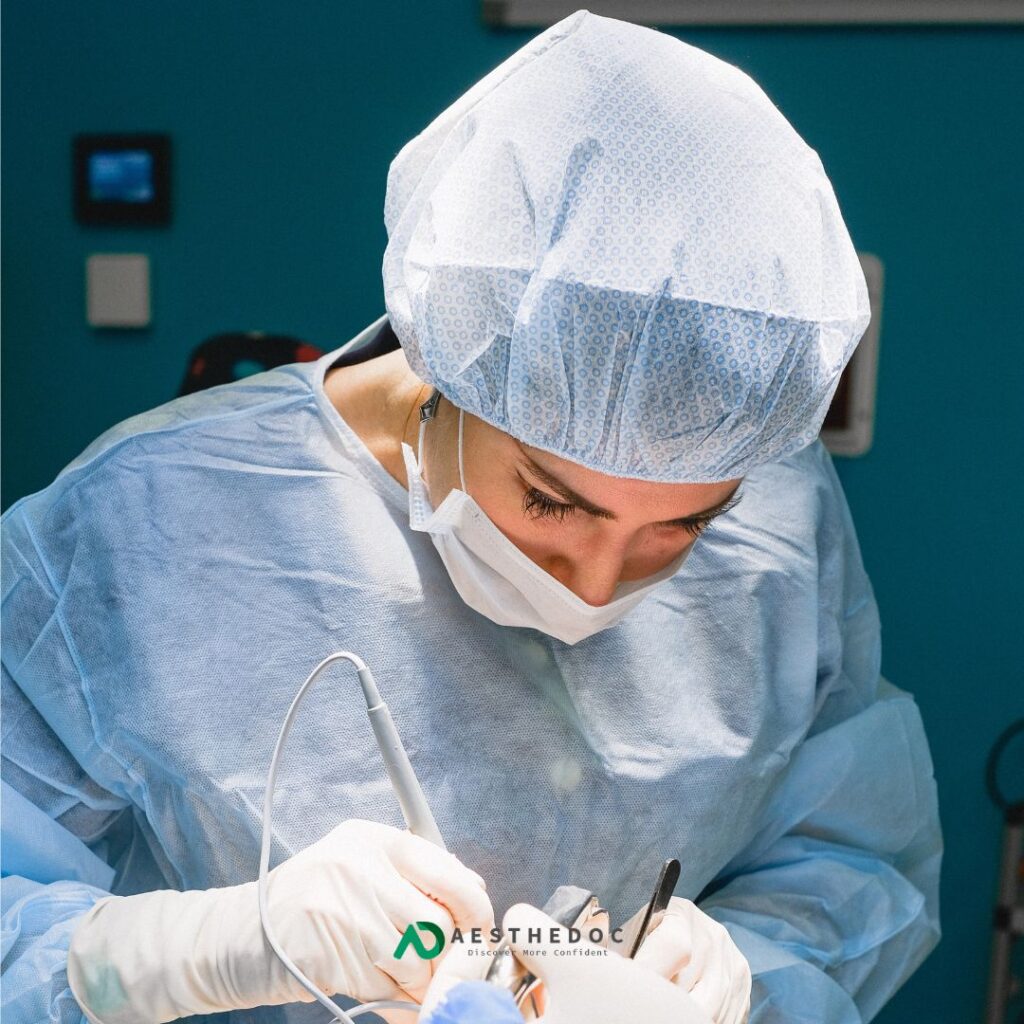Aesthetic Gynaecology Treatment in Islamabad Rawalpindi
Aesthetic gynecology is gaining significant traction in Islamabad among both patients and healthcare providers. Though the field is still emerging in Pakistan, it is steadily catching up with global trends, thanks to growing interest in cosmetic and functional improvements of female genitalia. While specialized training and fellowships remain limited, recent advancements in aesthetic and plastic surgery indicate the pressing need to incorporate this sub-specialty into gynecologic practice.
Internationally, several certification programs—especially in the US and UK—are paving the way for surgeons interested in this niche. In Pakistan, aesthetic gynecology is now being recognized for both its reconstructive and cosmetic potential.
Understanding Aesthetic Gynecology
Aesthetic gynecology includes both surgical and non-surgical procedures to enhance the appearance or function of the female genitalia. It addresses concerns such as labial hypertrophy, vaginal laxity, scarring, hyperpigmentation, and other changes due to aging, childbirth, or hormonal fluctuations.
Influencing Perceptions of Female Genital Aesthetics
Due to cultural, social, and media influences, many women seek treatments to achieve what is perceived as an “ideal” genital appearance. Systems such as Motakef’s and Hamori’s classifications attempt to define genital aesthetics, but none are officially endorsed by major medical societies.
Surgical Procedures in Aesthetic Gynecology
1. Labiaplasty
This is a surgical reshaping of the labia minora or majora, commonly performed to address discomfort, chafing, or self-consciousness. Techniques include:
- Linear excision
- Wedge resection
- De-epithelialization
- Curvilinear and Z-plasty incisions
Patients often request removal of darkened edges or desire a “tucked-in” look. Some describe preferences using terms like the “Barbie look” or “rim look.”
2. Clitoral Hood Reduction
This involves removing excess tissue around the clitoris to enhance appearance and potentially improve sexual pleasure. The procedure must be distinguished from clitoridectomy and is performed with precision to preserve nerve endings.
3. Vaginal Rejuvenation (Vaginoplasty + Perineoplasty)
This surgical combination aims to tighten the vaginal canal and restore the perineal body. It may involve:
- Posterior colporrhaphy
- Paravaginal repair
- Perineorrhaphy
Often done after childbirth or in cases of pelvic organ prolapse, the surgery can restore anatomy and improve sexual function.
4. Labia Majora Augmentation
Using autologous fat grafting or hyaluronic acid (HA) fillers, this procedure enhances volume and appearance. Fat is harvested from areas like the inner thigh and injected into the labia majora to restore firmness and contour.
5. Hymenoplasty
Often culturally driven, this procedure reconstructs the hymen. While sometimes criticized, it is regarded by many as a form of reconstructive rather than cosmetic surgery. Its purpose may include restoring a sense of personal or cultural integrity.
Non-Surgical Treatments in Aesthetic Gynecology
1. Fractional Laser for Vaginal Laxity
Fractional CO₂ and erbium lasers stimulate collagen production to tighten and rejuvenate vaginal tissue. These treatments are minimally invasive and require no downtime, though long-term safety is still under study.
2. Radiofrequency (RF) Therapy
RF stimulates collagen and elastin through controlled heat application. It is especially effective in improving tissue tone, managing vulvovaginal atrophy, and relieving stress urinary incontinence.
3. Vulvar Lightening
Skin lightening procedures using CO₂ lasers or chemical agents can reduce hyperpigmentation. Non-ablative RF methods are often preferred to minimize the risk of discoloration.
4. Platelet-Rich Plasma (PRP) Therapy
PRP injections derived from a patient’s own blood offer promising benefits in treating sexual dysfunction, dryness, and urinary issues. PRP is also being explored in conjunction with RF for treating lichen sclerosus.
5. G-Spot Augmentation
Involving HA filler or autologous fat injections, this procedure targets the G-spot to enhance sexual sensation. Though still controversial and under-researched, some women report improved intimacy and satisfaction.
6. Lipofilling
This fat transfer technique rejuvenates vulvar skin and thickens vaginal walls using adipose-derived stem cells. It enhances the labial structure and reduces the diameter of the vaginal opening.
Aesthetic Gynecology in Adolescents
Girls and teenagers sometimes seek labiaplasty due to physical discomfort, sports interference, or aesthetic concerns. However, performing surgery before genital maturity requires careful evaluation of physical, emotional, and ethical considerations. Informed consent, parental involvement, and maturity assessments are crucial.
Ethical Considerations in Marketing and Consent
The growing popularity of genital cosmetic surgeries raises important ethical questions:
- Advertisements may misrepresent benefits or downplay risks.
- Financial motives should never outweigh patient welfare.
- Informed consent must involve complete understanding of risks, outcomes, and alternatives.
- Counseling should be offered before cosmetic interventions to reinforce body positivity and anatomical diversity.
The Rise of Aesthetic Gynecology: A Delicate Balance
As this field advances rapidly, the need for standardized protocols, regulatory oversight, and long-term studies becomes critical. While many women find aesthetic gynecology empowering and life-enhancing, education and ethical medical guidance must remain at the forefront.
Considering Aesthetic Gynecology in Islamabad?
If you’re considering aesthetic gynecological procedures for health, comfort, or confidence, expert help is available. Choose a clinic that values your privacy, listens to your needs, and offers safe, ethical treatment options.
Contact the specialists at:
✅ Aesthedoc Clinic, Islamabad
✅ Aesthesurge Clinic, Rawalpindi
These leading clinics offer both surgical and non-surgical solutions using the latest technology in a discreet, supportive environment.


